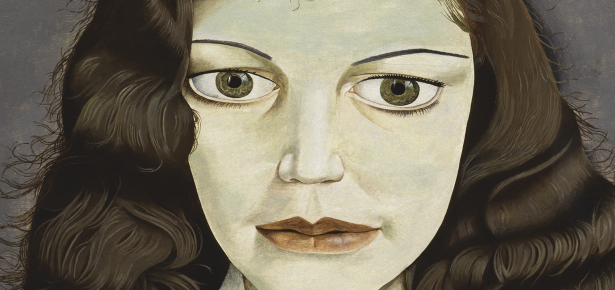
Since at least the 1980’s, any university student who wanted to learn about Freud or psychoanalysis would not be directed to departments of psychology, nor to psychiatry, but would instead be ushered to the English department. The irony of this circumstance is, of course, that such guidance returns the student to the origins of psychoanalysis. What Freud called the “oil wells,” the “hidden depths,” of the human unconscious are held in the treasure trove of cultural knowledge.[1] Freud made his boldest discoveries through the humanities and the arts. He not only used imaginative works to formulate his most important and lasting ideas, but he also wrote literature himself. His cases brought him admiration as a storyteller and have achieved immortality as narrative classics. While as a scientist he may have demurred being called a novelist, he revered and relied upon the narrative method in his clinical practice. Well and truly “hooked” on literature and art (to echo Rita Felski’s description of how readers attach to literature),[2] psychoanalysis is most generative when it reflects and honors its dependency on the fundamentals of the aesthetic experience, distilling into clinical treatment the truths of art. If self-expression is central to the creative process, then psychoanalysis likewise taps into the expressive potential of the unconscious to reveal self-knowledge. This, in any case, is the premise as well as the sustained claim of The Cambridge Companion to Literature and Psychoanalysis, a volume which also contends that if psychoanalysis is to flourish as a critical, cultural, and clinical practice, it must continue to draw from literature, both classical and popular, and from the full panoply of the arts and the humanities.
Yet the past decades have not been kind to the humanities; they like psychoanalysis have been marginalized. While these two injured bodies try to find a foothold in our contemporary world, they must not abandon one another. As Jane Austen’s narrator vigorously asserted in her defense of the persecuted “body” of the nascent novel, we must not desert one another in our injured state. For the wellsprings of all literature (not just the novel) display to the world “the greatest powers of the mind. . . the most thorough knowledge of human nature, the happiest delineation of its varieties, the liveliest effusions of wit and humour, [all] . . . in the best-chosen language.”[3] Thus, while current trends in both the humanities and psychoanalysis have encouraged a turn to the sciences for empirical validation, such work (however welcome for public recognition and funding) can neither capture nor quantify what Freud himself called quite simply the “ancient, magical power” of words.[4] The Cambridge Companion to Literature and Psychoanalysis returns the reader to a recognition of the aesthetic experiences which inspired the discoveries of psychoanalysis and are here, freshly tapped for today’s student and common reader alike. This volume reviews Freud’s classical cases considering current psychoanalytic insights into gender and sexuality; it probes literary classics that have shaped the modern moment and psychoanalysis itself; it examines the impact of race and class globally and locally in myriad literary forms, from novels to comics, from film to animal allegories; it moves, finally, to a reconsideration of theory itself considering the demands of personal practice. Taken together, this collection of original essays makes the case that whether in the college classroom or in a child’s preschool, literature and psychoanalysis reveal truths that–following psychoanalyst, Adam Phillips, who follows Franz Kafka—“break the frozen seas inside us.”[5]
[1] H. D., Tribute to Freud (Boston: Norman Holmes Pearson, 1974), 18.
[2] Rita Felski, Hooked: Art and Attachment (Chicago: The University of Chicago Press, 2020), xiv.
[3] Jane Austen, Northanger Abbey, eds. Barbara M. Benedict and Deirdre Le Faye (Cambridge: Cambridge University Press, 2013), 30-31.
[4] Sigmund Freud, “Introductory Lectures on Psycho-Analysis” in The Standard Edition of the Complete Psychological Works of Sigmund Freud 15 (London: Hogarth Press, 1963), 17.
[5] Paul Holdengräber, “Adam Phillips, The Art of Nonfiction,” The Paris Review, 208 (Spring 2014), https://www.theparisreview.org/interviews/6286/the-art-of-nonfiction-no-7-adam-phillips
Latest Comments
Have your say!